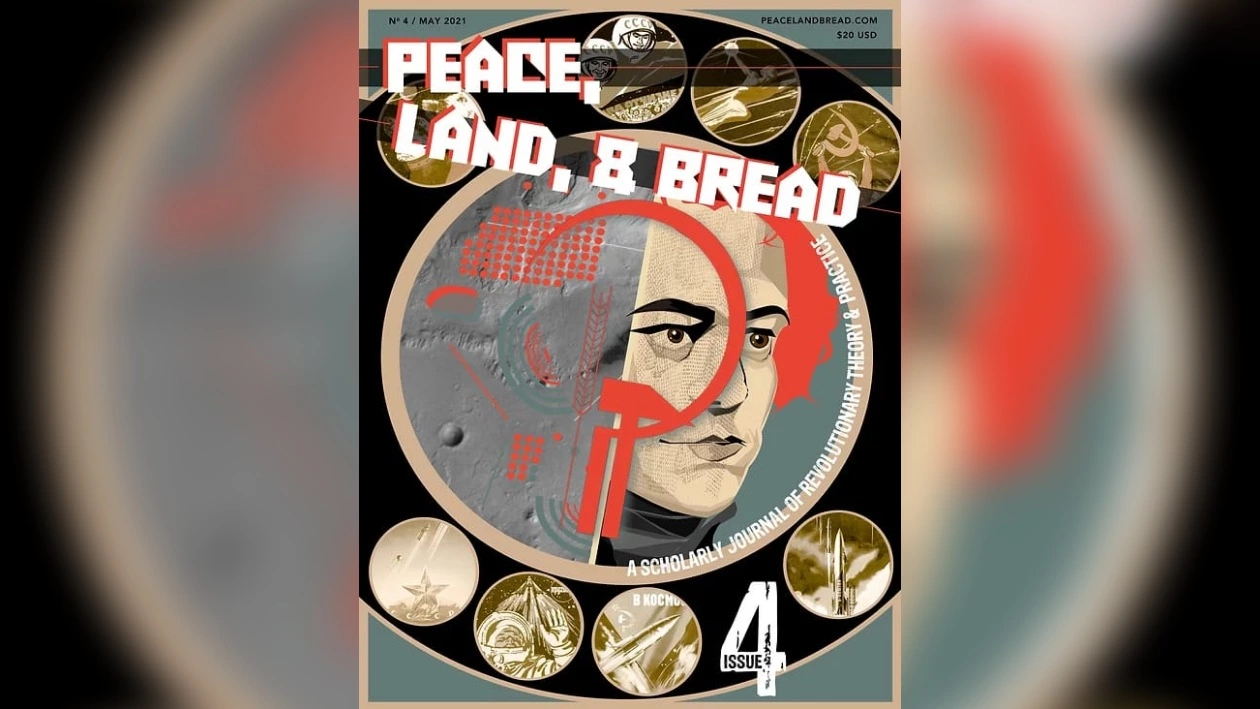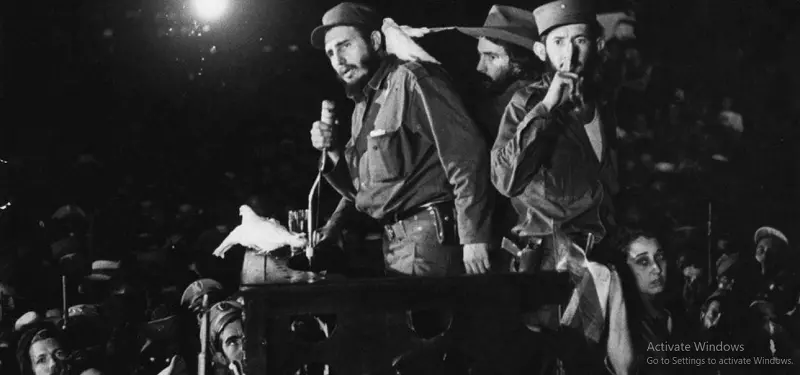All things cultural have a smattering of bourgeoisie elements to them. Our conception of art, culture, literature, our leisurely pursuits reek of bourgeoisie elements. Which sometimes makes me ask whether the proletarians have a culture of their own. Are they capable of making contributions to something which is usurped by the bourgeoisie? This is where Bogdanov stepped in. Bogged with this question for decades, Bogdanov had time and again attempted to destroy the bourgeois elements embedded within both science and the arts and reconstituting them as proletarian endeavors.
His life, spent as an architect of the cultural revolution, was marred by exiles and philosophical pursuits. A revolutionary who wore many hats, he was a cultural theorist ,science fiction writer, professor, political revolutionary, and economist. Bogdanov was a strong proponent of the arts, co-founding the Proletarian Culture (Proletkult) organization to provide political and artistic education to workers. Forgotten in the annals of history, the book ART AND THE WORKING CLASS sheds light on his views. For instance, for him proletarian poetry was, a means of organizing collective action. He showed the mirror to bourgeoisie academia and the theories propounded by them. On their understanding of poetry, he wrote “ Our theorists, in keeping with the aristocratic and partly bourgeois tradition—who regard art as an “ornament of life,” as a kind of luxury—do not understand to what degree they contradict themselves when, at the same time, they recognize that art holds an educational meaning; that is to say, a practical and organizational meaning.”

It indeed was a delight to read his works. Which is now far more accessible due to the PLB magazine. The translation of Bogdanov’s works retain textual fidelity, which often goes for a toss under bourgeoisie academia. This truly brings out the revolutionary aspect of art, which, thanks to capitalism, has been stripped off any revolutionary quality it held. As I see Bogdanov come alive, at the helm of late stage capitalism, I am able to reaffirm my faith in the emancipatory potential of art. The introduction to the book reads like a dream, and again does a stellar job of asserting the importance of proletarian art. The beautiful translation done by Taylor R. Genovese is an attempt at a working class analysis of art. It indeed serves as a motivation for those who want a better world for the generations to come.
There is no catch. As Marxists, we believe that theory is for everyone. Reading theory, infusion of the same with praxis should be done outside the halls of academia. The PLB magazine is ensuring that theory is accessible to all. Works such as this one can be read for free and are not loaded with over complicated jargon. The publishing house of the magazine, Iskra Books, named after the Russian Social Democratic Labor Party's early 1900s political newspaper, publishes original scholarly works in theory, history, natural science, arts, and culture, as well as new translations and out-of-print works, in the tradition of revolutionary working-class and anti-imperialist politics. This is a welcome step for revolutionaries all across the globe. The magazine is a peer-reviewed, scholarly journal produced by the international research center, the Center for Communist Studies. It aims to bridge the divide between academic and public scholarship.






